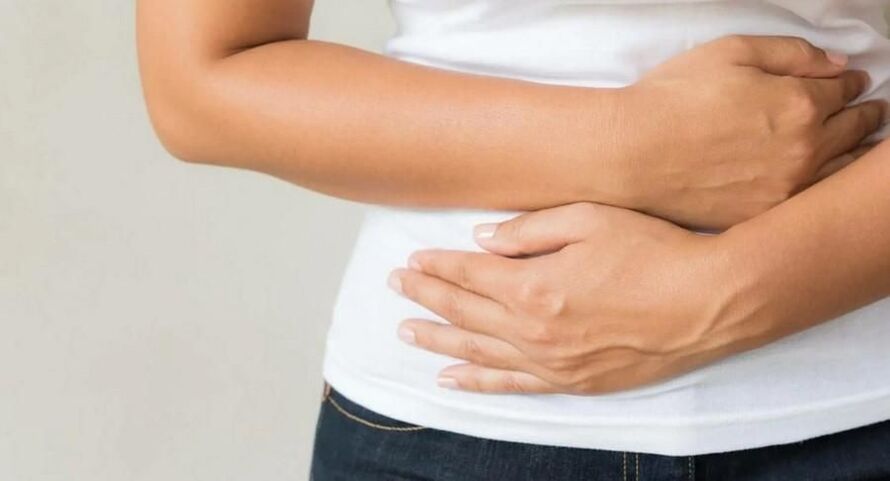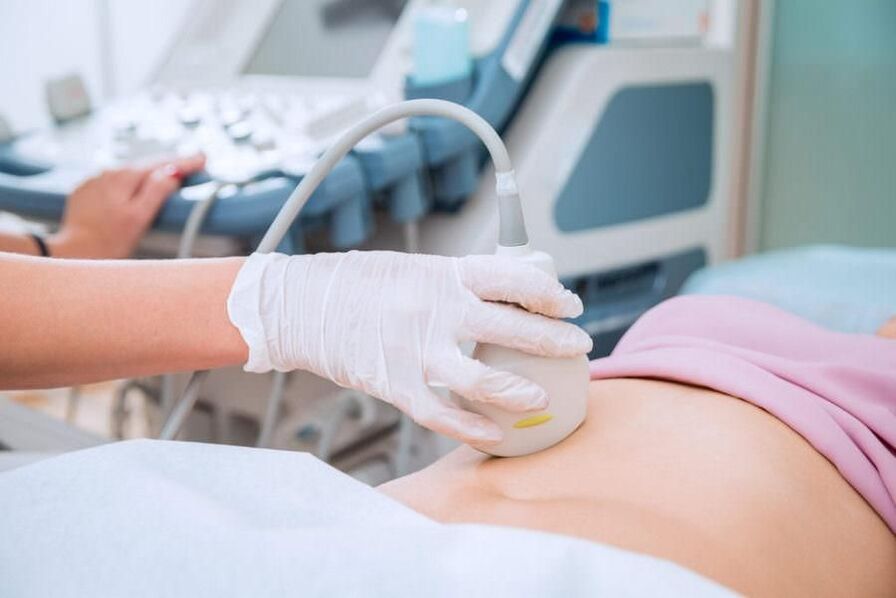Helminthiasis- This is a worm infection. It is registered in children and adults mainly in warm and humid countries. The risk group is boys and girls aged 5-15, which is a consequence of familiarity with the outside world, low immune reactivity and insufficiently low stomach pH. Target organs – liver, kidneys, lungs. The main habitat is the gastrointestinal tract.
Parasites penetrate through damaged mucous membranes and skin or through contaminated water and food. In the digestive system, young individuals enter the bloodstream through the destroyed wall.
Initially, the helminth descends into the intestines, grows for 40-80 days, gradually turns into an adult, which in the late stage of development lays eggs that leave the body with feces.
Causes of disease
A person becomes infected after consuming contaminated food and water or contact with dirty soil. Individuals are transmitted to another person through ordinary objects - dishes, toothbrushes, towels, forks, spoons, toys.
The provoking factors are non-observance of hygiene rules, improper food preparation (cooking meat and fish at low temperatures), adherence to a raw diet.
The eggs are brought by pets that regularly walk outside.
Types of worms
Parasites are divided into classes that differ in the way they exist in the environment:
- Contact. It is transmitted between people.
- Geohelminthiases. Development does not require an intermediate host, the habitat is the soil.
- Biohelminthiasis. At least two organisms are needed for life.
Science knows more than 350 types of parasites. The following are dangerous:
- Nematodes (roundworms) are responsible for the development of ascariasis and nekatoriasis.
- Spinyheads (acanthocephalans) – disease: acanthocephalosis.
- Trematodes (flukes) – cause opisthorchiasis and fascioliasis.
- Cestodes (tapeworms) – tapeworm, echinococcus.
Helminths live in the intestines, lungs and gall bladder.
Clinical picture
Symptoms are determined by the type of worm, the affected organ, the patient's anatomical and physiological characteristics and immunity.
Stream options:
- Acutely.
Duration – 2-8 weeks. Intoxication syndrome and allergies prevail: weakness, loss of strength, nausea, vomiting, fever, rash, lymphadenopathy, feeling of lack of air, flatulence and abdominal pain. The pathognomonic symptom is bruxism (teeth grinding). It appears mostly at night. Local changes are possible - redness and irritation of the perianal area. - Chronic.
Duration – several years. The patient is worried about stool disorders, pain in the lower abdomen, sour or bitter belching, dyspepsia, intolerance to certain foods. Damage to the liver and gallbladder leads to jaundice (skin discoloration) and hepatitis. Nematodes cause bronchitis, pneumonia, respiratory failure and inflammation of the heart muscle. Penetration into the central nervous system is accompanied by emotional lability, irritability, difficulty remembering new information and insomnia.
Helminthiasis reduces immune reactivity, promoting the accumulation of secondary bacterial flora, caries, severe allergic reactions (anaphylactic shock) and worsening of accompanying pathologies.

Complications
Waste products of parasites cause local symptoms (itching, urticarial rash), pneumonia, cardiac and bronchial asthma. Worms feed on human macronutrients, which leads to psychomotor and mental retardation in the child's development. Whipworms use red blood cells and hemoglobin, creating anemia. Along with massive infection, patients develop appendicitis, dysbiosis, frequent obstruction of bile ducts and intestinal obstruction.
Diagnostics
At the first symptoms, you should contact a specialized specialist or therapist.
An enlarged spleen, liver and regional lymph nodes are determined by palpation. In the CBC, the number of eosinophils increases and the ESR increases.
To check the diagnosis and control the treatment, the following is carried out:
- scraping from the perianal area;
- examination of biological material (vomit, urine, sputum, feces);
- co-program;
- allergy tests.
The severity and extent of pathological changes is revealed by chest X-ray, ultrasound, computerized tomography with contrast, magnetic resonance, gastro- and colonoscopy.
The diagnosis of helminthosis is difficult, due to the irregular release of eggs, the disappearance of antibodies 2-3 months after infection, and the diversity of the clinical picture.

Treatment
Patient management tactics are determined by the doctor after consultation.
Drug therapy involves choosing an anthelmintic drug based on symptoms and type of worm.
Bronchopulmonary manifestations are treated with steroids, expectorants, antihistamines and antispasmodics. Probiotics restore normal intestinal microflora, and enzymes improve digestion. The operation is performed to remove the cyst.
After 3-4 weeks, a stool control test is taken three times.
Prevention
The following recommendations help prevent helminthic infestation:
- Wash your hands after going to the toilet and returning from a walk, and before eating.
- Rejection of bad habits.
- Rinsing greens, vegetables, apples, oranges under the faucet.
- Proper product processing.
- Drinking boiled water.
- Active lifestyle.
Drug prophylaxis (for adults, children, pets) with non-specific anthelmintics is indicated twice a year.
























